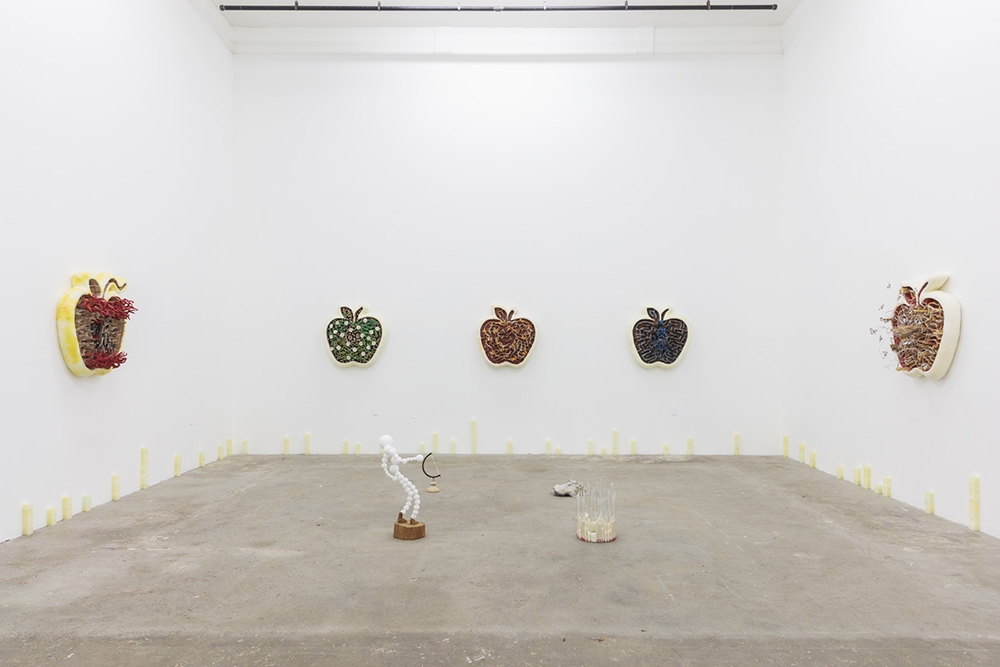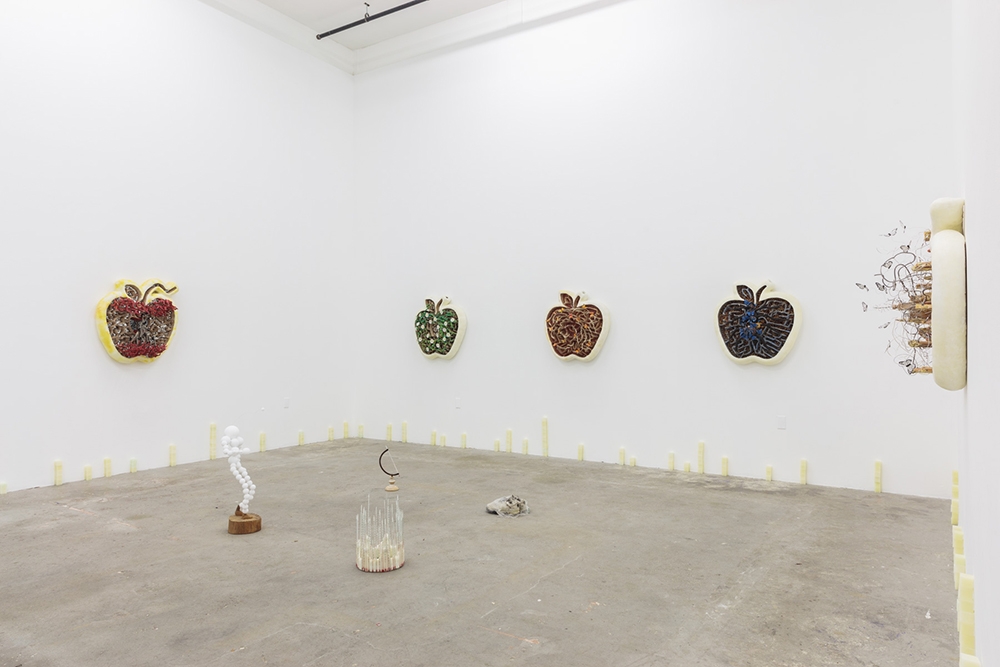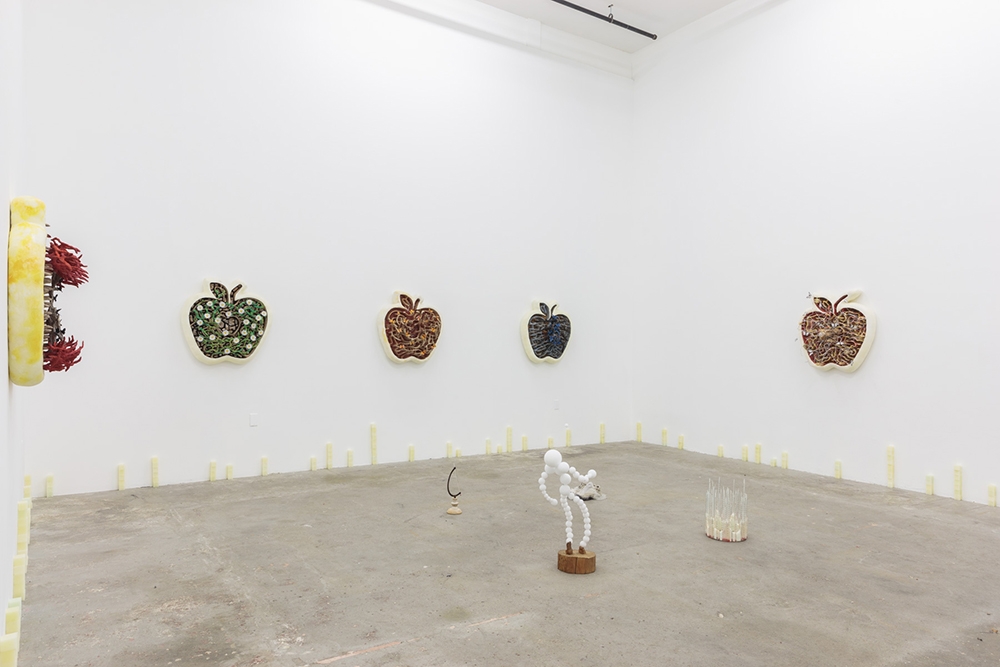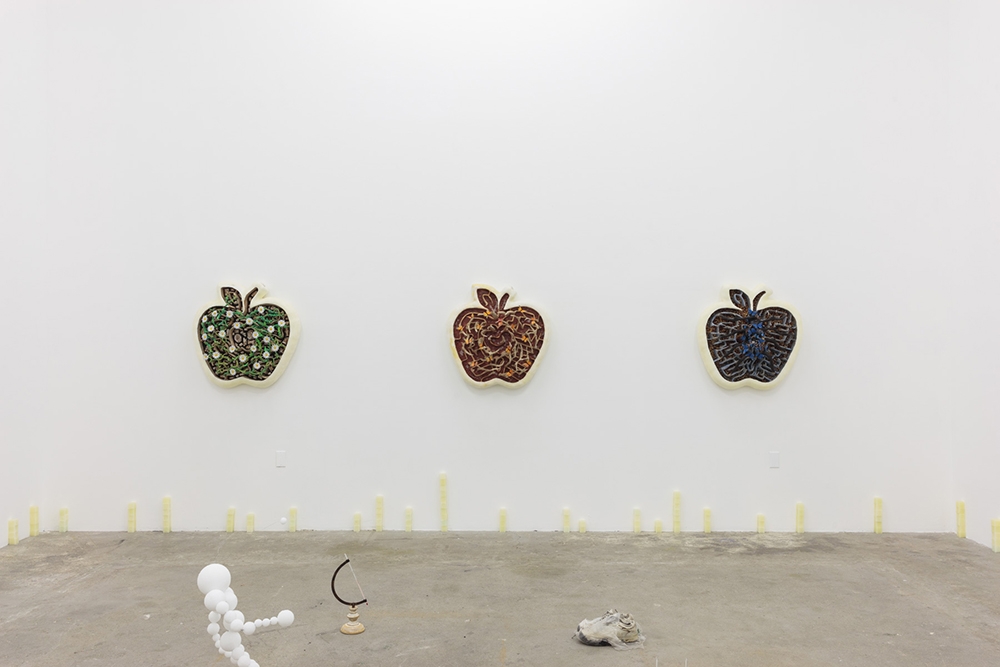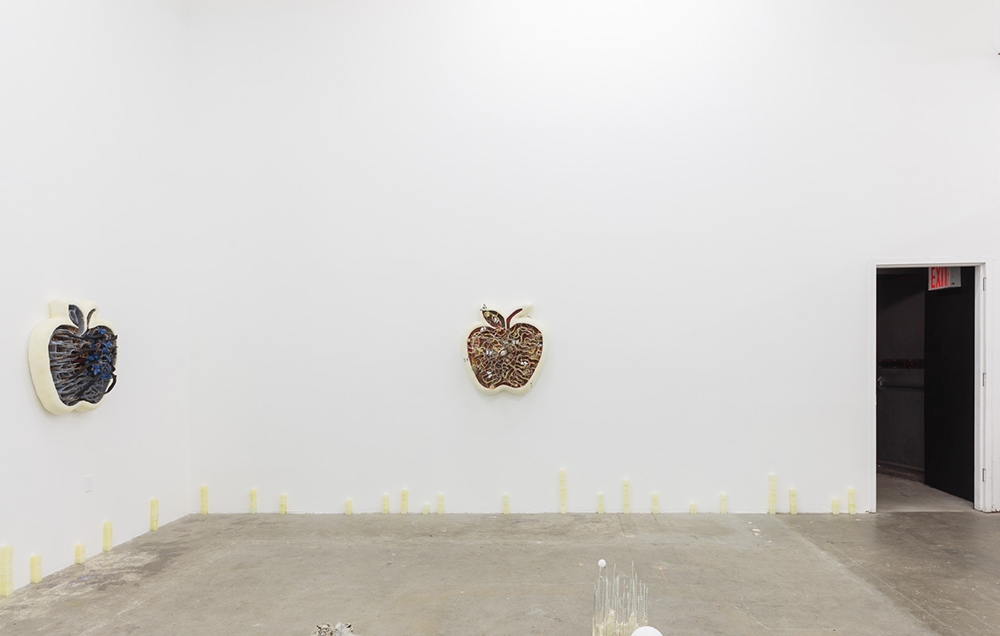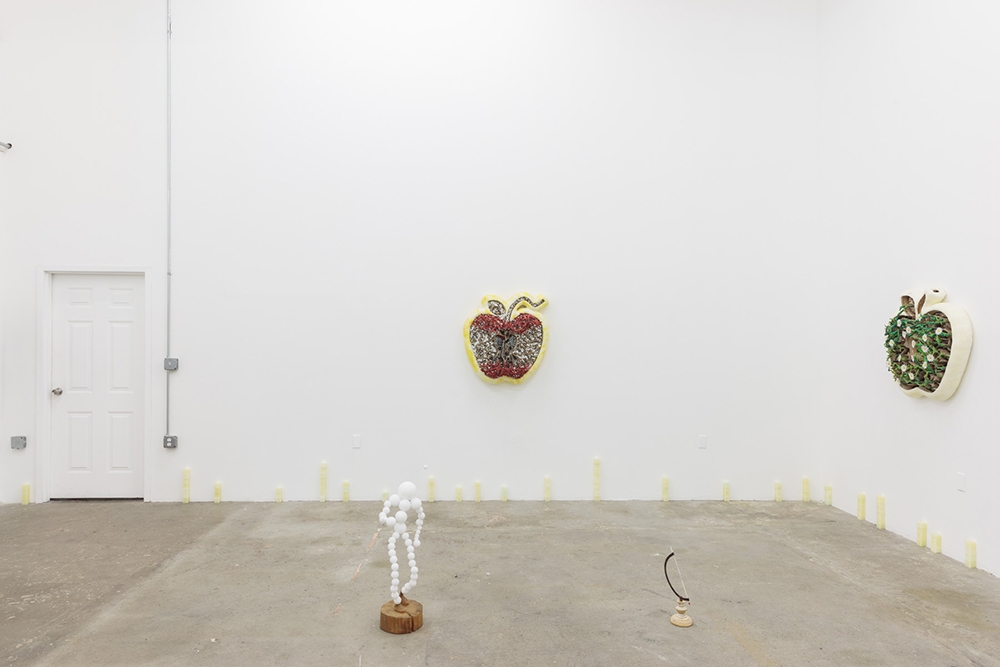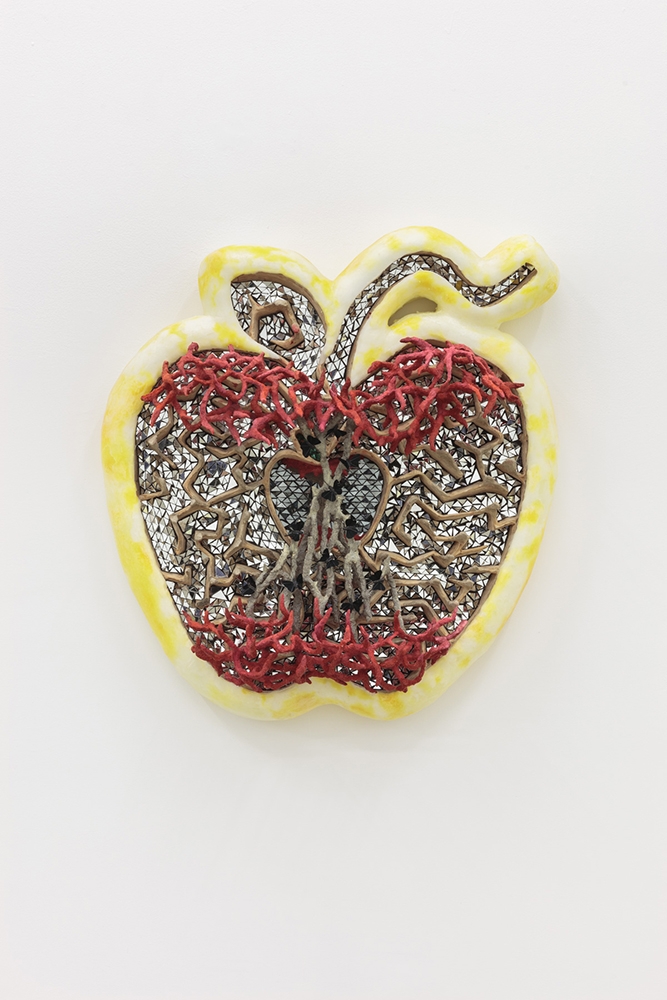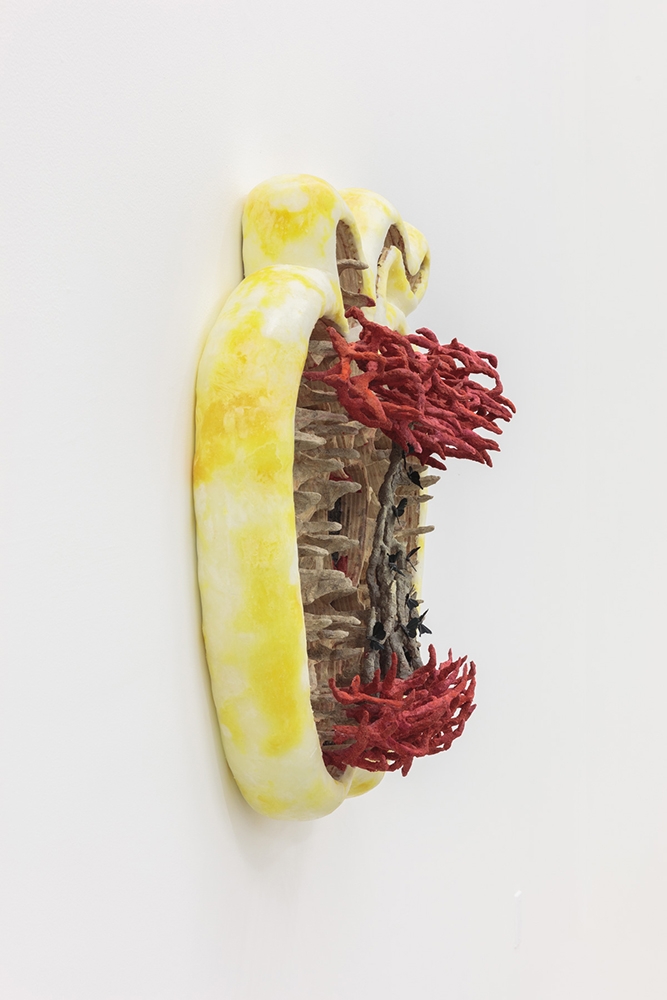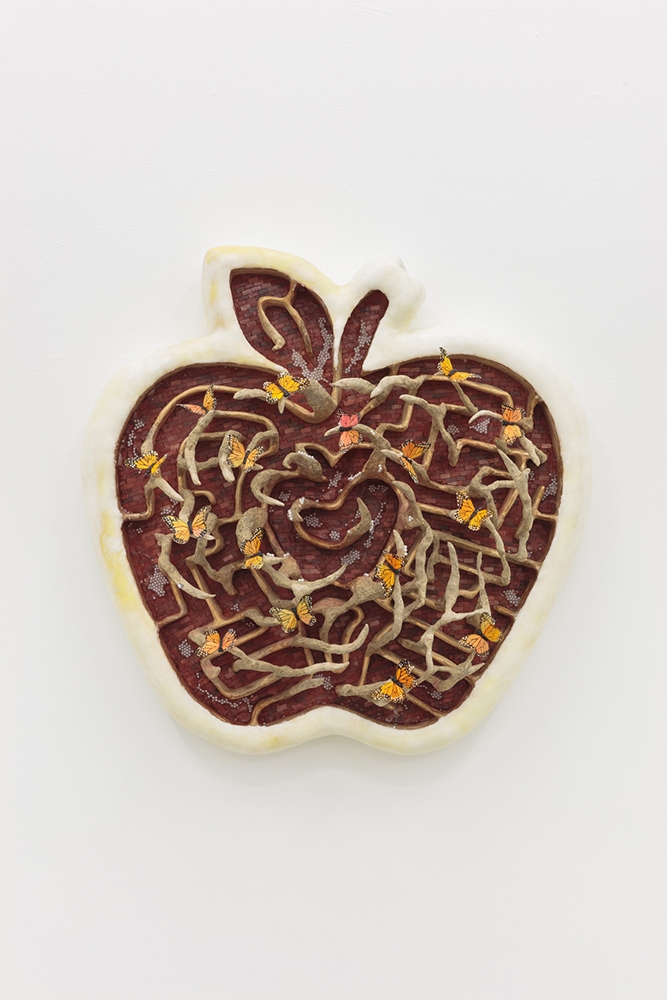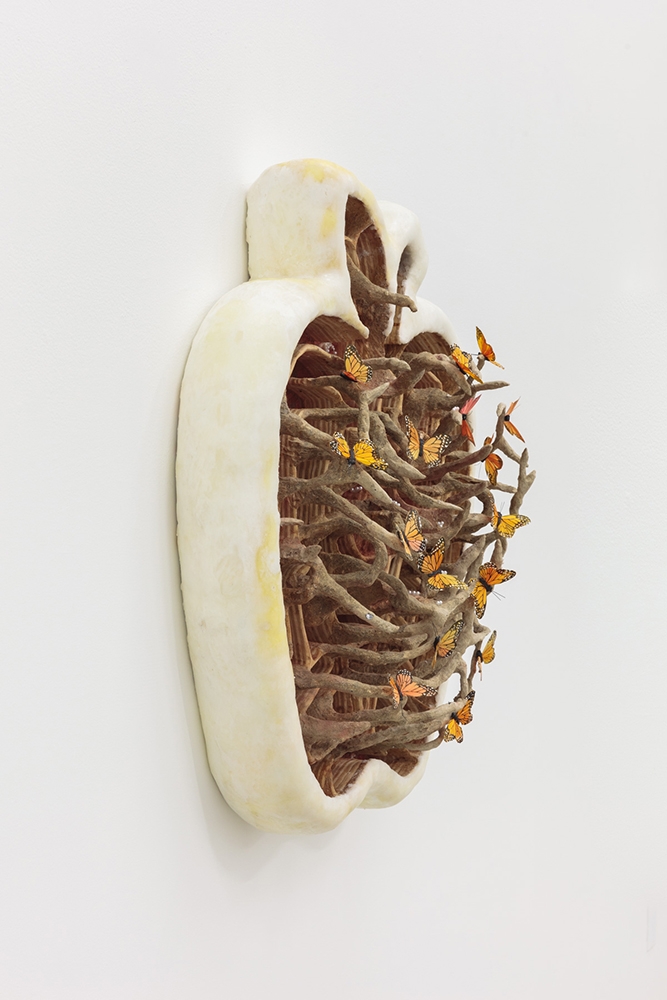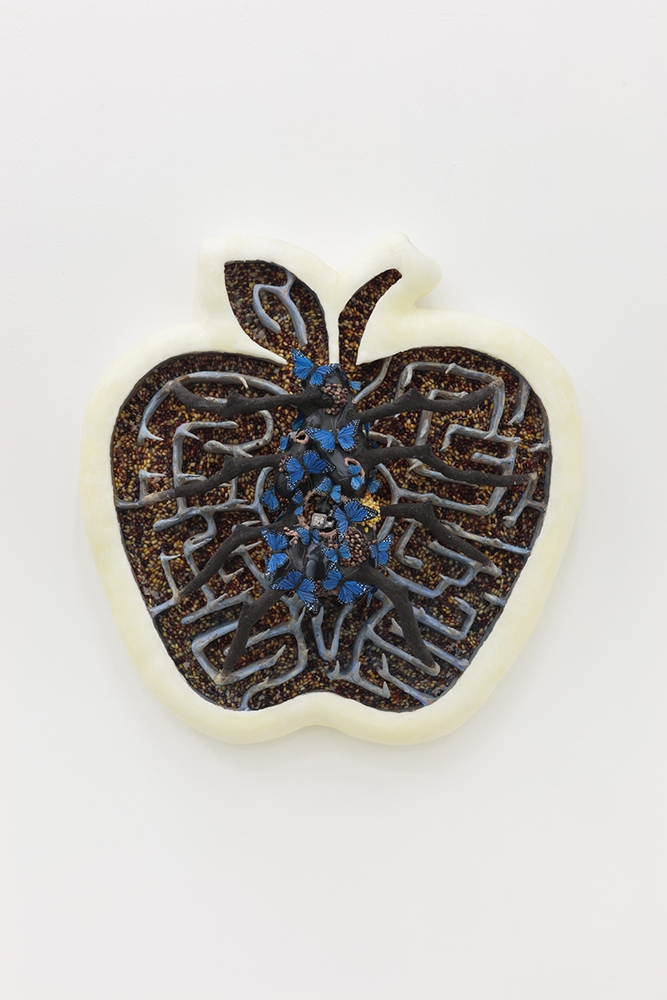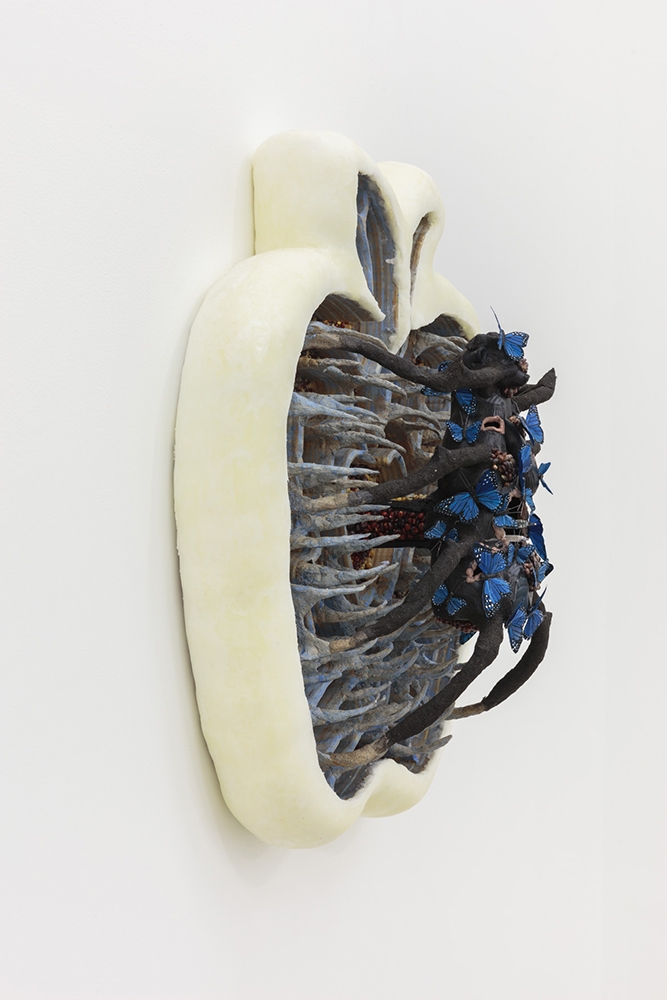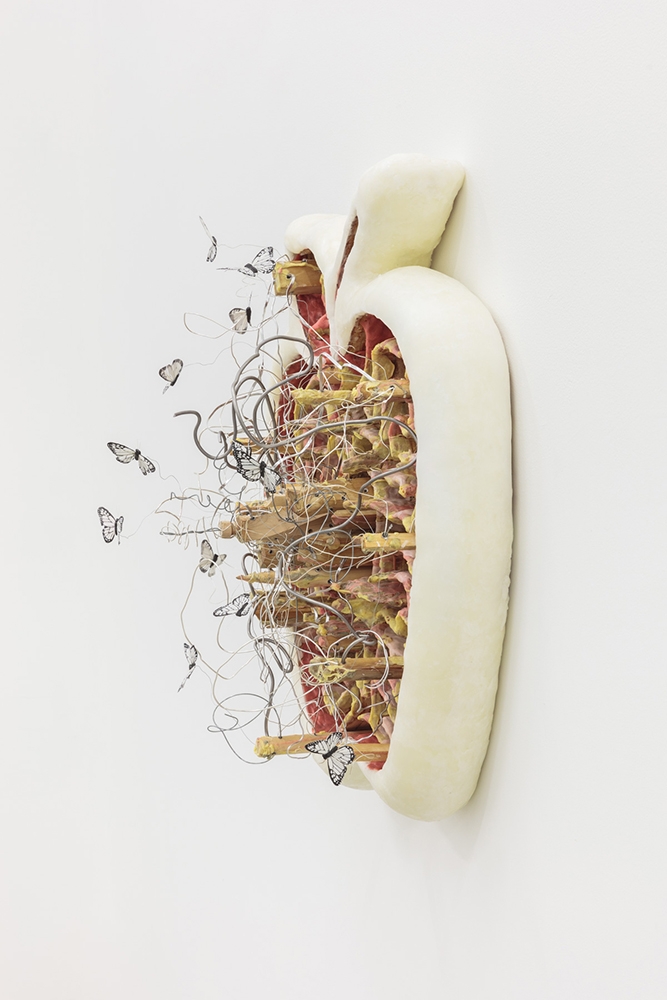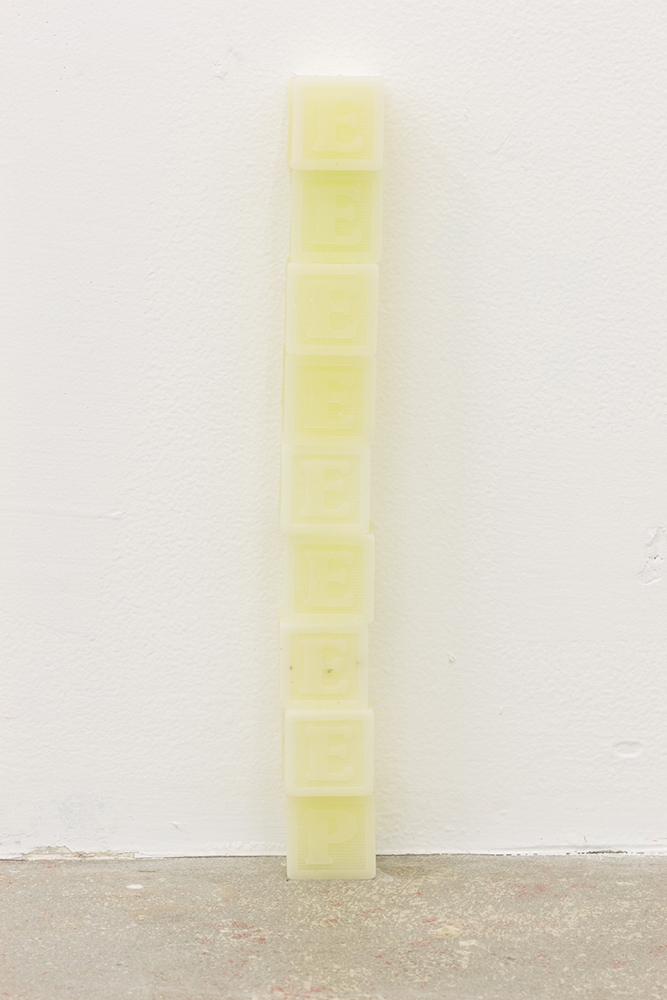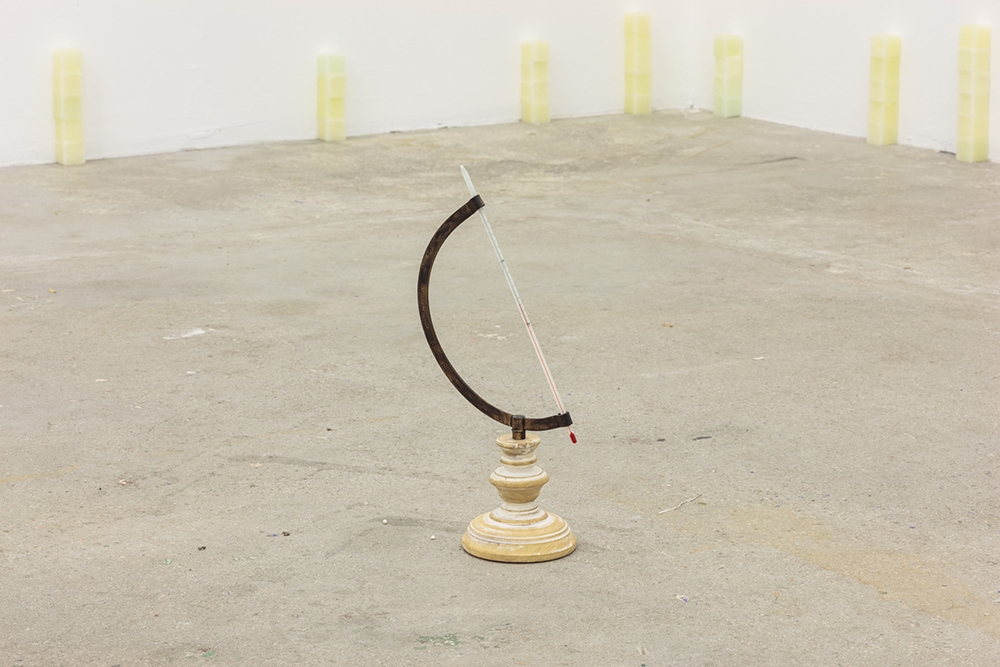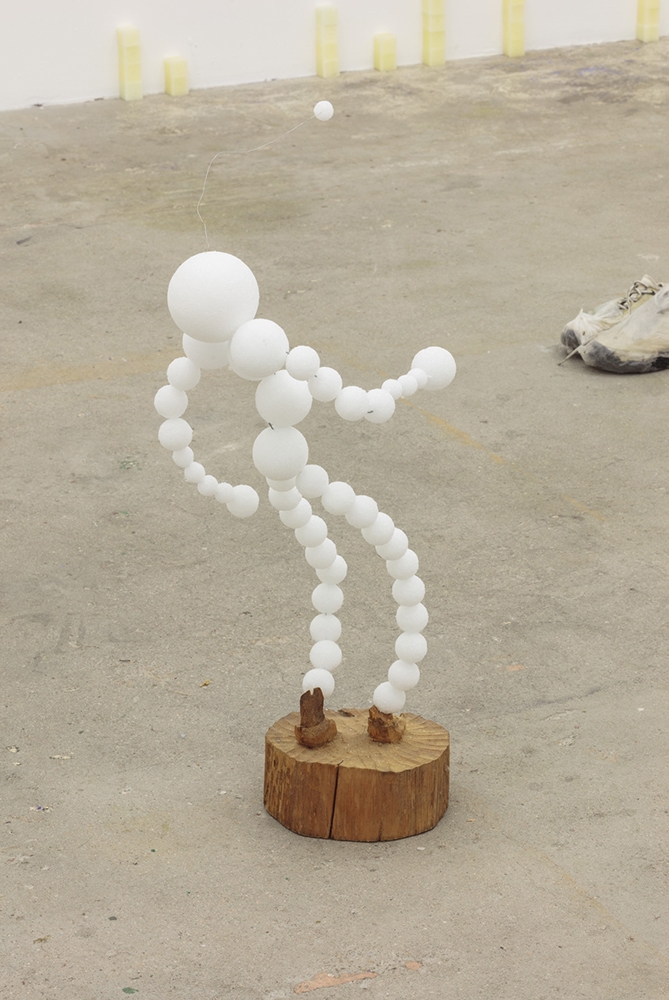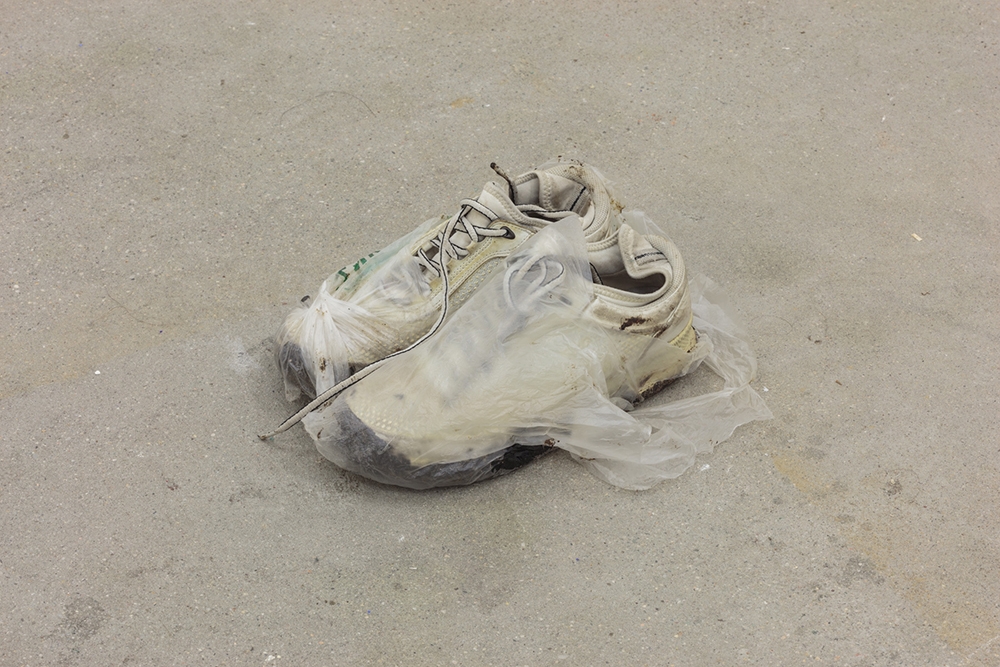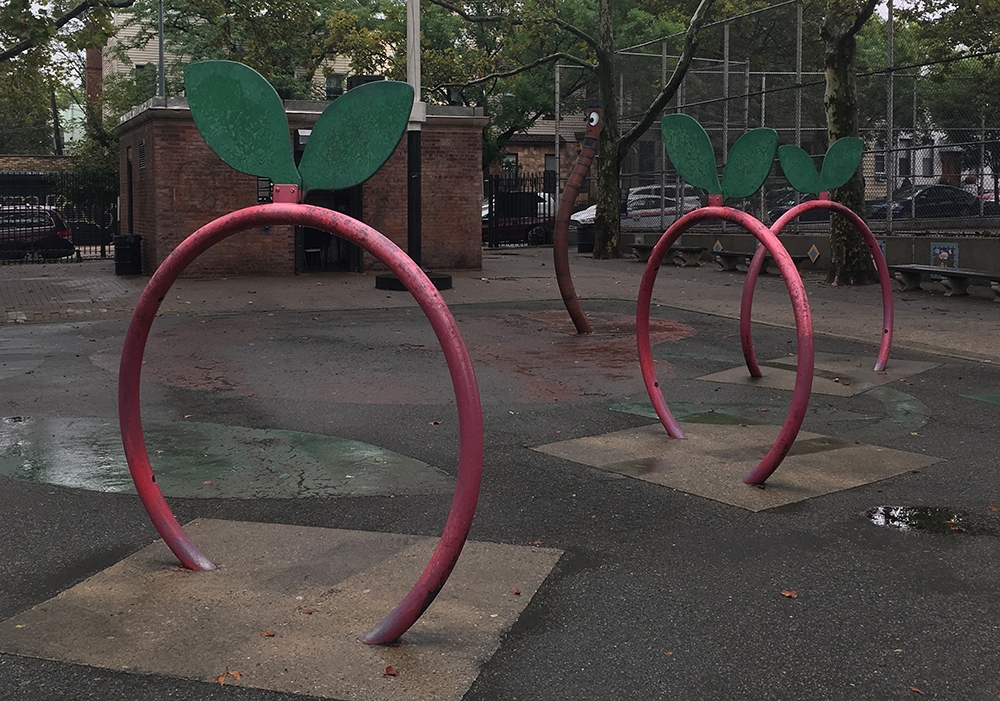Joel Dean
The Fugitive, the Repeat Offender, and the Running Joke
November 2 – December 2, 2018
Opening Reception, November 2, 6-9pm
On July 23 of this year, the media conglomerate Tronc slashed the reporting staff of the nearly century old tabloid The New York Daily News by over half, prompting Mayor Bill de Blasio to tweet that the news was “a disaster for NYC.” While somewhat remarkable for a politician with a notoriously combative relationship towards the media, and especially to the kind of investigative muckraking for which the Daily News was and is still known, de Blasio’s lamentation of the effective dismantling of a New York institution shouldn’t be entirely surprising. Perhaps no other city in the world has a public culture so synonymous with the rituals and mythologies of the daily newspaper. The gutting of the Daily News isn’t so much a story of the demise of print media in an era of digital journalism, as much as it represents one of the final death throes of what remains of civic life in New York City.
The history of this city is one defined by violent rupture and a seemingly endless capacity for renewal. Perhaps the most significant factor underlying this dynamic from the recent past and into the present is the suburbanization of the surrounding area following the Second World War, and the resulting loss of people and tax revenue that hollowed out vast swathes of the city. This massive movement of people and capital out of the urban core was made possible by public works on a scale without precedent in other any American city, most notably the construction of a snake-like network of highways and parkways that encircle and radiate outwards from the city, cutting through, choking and rendering obsolete the cohesive grid of modernity. Along with the creation of dozens of public housing projects, these urban renewal policies directly displaced at least half a million people over the course of some fifty years, while the resulting destabilization of countless neighborhoods lead many more to decamp for the suburbs, or remain trapped in poverty.
The term “the Big Apple” likely originated in showbiz in the 1920s, a reflection of the cultural supremacy and market dominance of New York City. It gained further popularity in the ‘70s as part of a promotional campaign to attract tourists back to the ailing, crime-ridden city. New York’s eventual economic renewal leveraged the decay of the preceding decades into opportunity: in a striking revival of the frontier mentality, blighted neighborhoods and vacant buildings were reimagined as a clean slate from which to remake the city for urban professionals, while the working class are pushed deeper into the outer boroughs, or leave the city altogether. Around the same time that New York’s precipitous population decline began to reverse, a company was founded in California that would play a crucial role in the rise of an information economy that would transform our understanding of how a city should function, and who it should function for.
Apple Computer, Inc.’s first logo depicted Isaac Newton sitting under an apple tree, a huge, plump apple about to fall on his head. In The Fugitive, the Repeat Offender, and the Running Joke, Joel Dean presents five hand-carved apples – dioramas of hypothetical metropolises – along with a selection of smaller sculptures.
-Tim Gentles
Joel Dean – (born in Atlanta, Georgia in 1986) He currently lives and works in New York City. He graduated from the School of the Art Institute of Chicago with a Bachelors of Fine Art in 2009. His work has been included in exhibitions at American Medium, New York; Alyssa Davis Gallery, New York; Species, Atlanta; ISCP, New York; Weekends, London; Bodega, New York; Lodos, Mexico City; and Jancar Jones, Los Angeles. He has an upcoming exhibition of new work at Cordova, Barcelona. This is his first solo exhibition in New York City.


